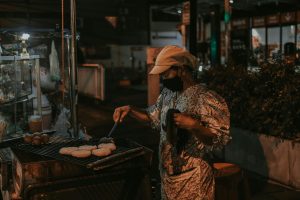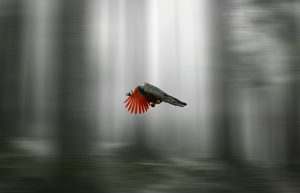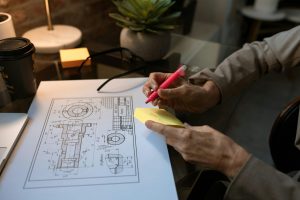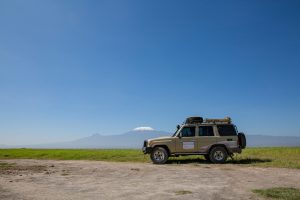The art of capturing a city’s energy in a single image
The hustle and bustle of a city can be overwhelming. The constant flow of people, the sounds of honking cars and the bright lights can all contribute to the energy of a city. As a photographer, capturing this energy can be a challenging task. However, with the right techniques, it is possible to encapsulate a city’s essence in a single image. In this article, we will delve into the art of capturing a city’s energy in a single image. From composition to editing, we will explore the key elements that make a cityscape photograph truly shine. So grab your camera and let’s get started!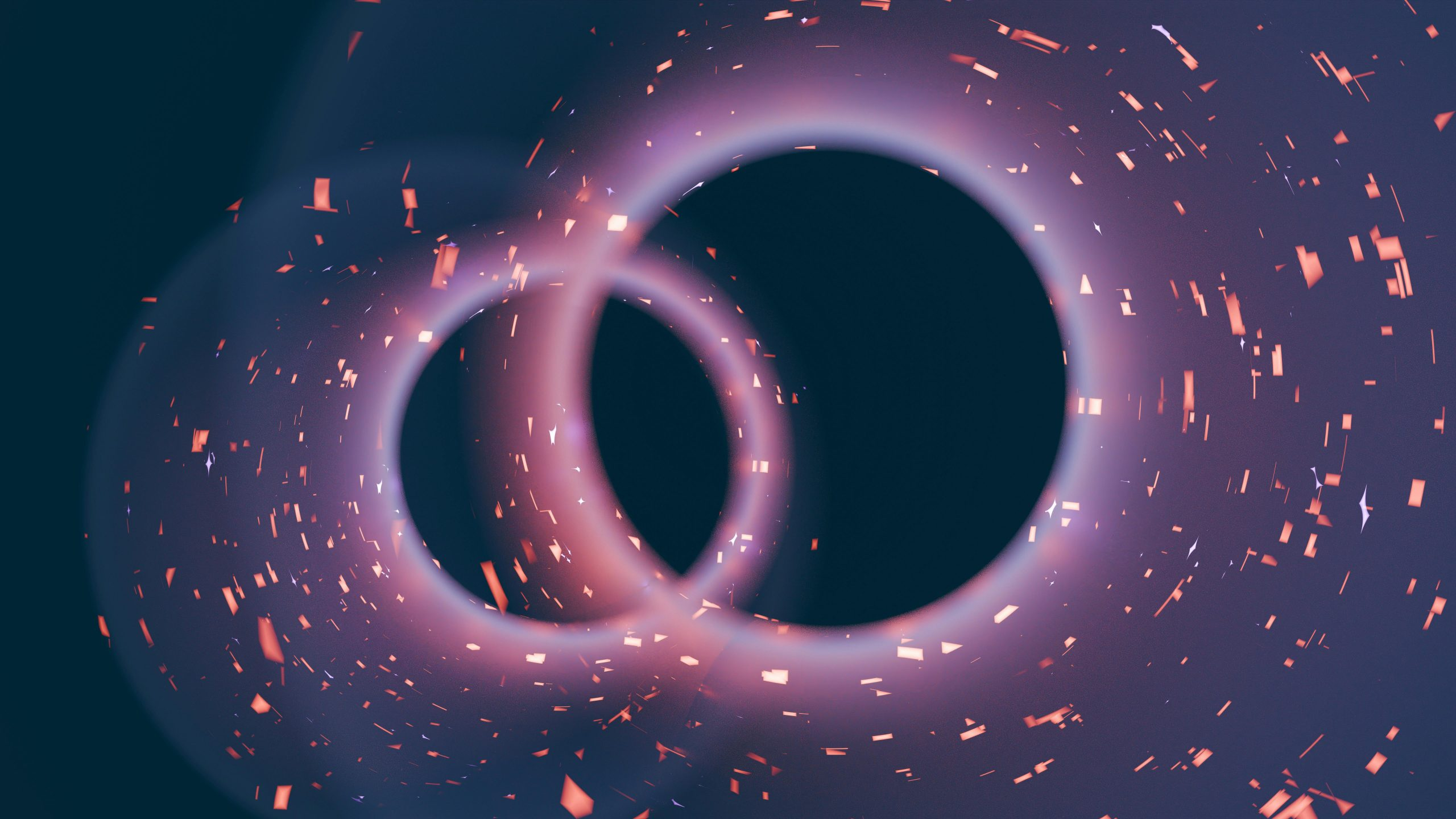
The Importance of Composition
Whether you are shooting with a DSLR or a smartphone, composition is crucial when it comes to cityscape photography. It is the foundation of a great image and can make all the difference in conveying a city’s energy. First and foremost, pay attention to the rule of thirds. Imagine breaking your frame into thirds both horizontally and vertically. The points where these lines intersect are the points of interest in your image. Placing your subject or key elements at these points can create a visually interesting composition. For example, the bustling crowds in a busy market or the towering skyscrapers in a business district can be placed at these points for maximum impact.
Another key aspect of composition is the use of leading lines. These are lines that lead your viewer’s eye towards the focal point of the image. Cities are full of lines and angles, so use them to your advantage. Streets, bridges, and even buildings can be used as leading lines to create a sense of depth and movement in your image. Experiment with different angles and perspectives to find the perfect combination of leading lines to capture a city’s energy.
The Role of Lighting
Lighting is crucial in all types of photography, and cityscapes are no exception. It can make or break an image, depending on how it is utilized. Many cities have a distinct time of day when the light is perfect for photography. For example, the “golden hour” just before sunset, with its warm, soft light, can create a dramatic and dreamy feel in your images. On the other hand, night time photography can also be striking, especially in cities with bright lights and colorful buildings. Use different lighting situations to your advantage and experiment with long exposures for unique and dynamic images.
In addition to natural lighting, pay attention to artificial light sources such as street lamps and neon signs. These can add an extra layer of interest to your images and enhance the city’s energy. Don’t shy away from incorporating different types of light into your composition, as it can add depth and dimension to your photos.
Editing for Impact
After capturing the perfect image, the next step is editing. While many photographers have their unique editing styles, some universal techniques can amp up the energy of your cityscape photographs. One of these is increasing contrast. Cities are full of contrasts, whether it’s between old and new, rich and poor, or quiet and chaotic. By increasing contrast in your images, you can emphasize this aspect and give your photos a more dynamic feel.
Another important technique to consider when editing is color grading. Color has a psychological impact on the viewer and can convey emotions. For example, warm colors like red and orange can evoke a sense of energy and vibrancy, while cool colors like blue and green can create a more serene and calm atmosphere. Experiment with different color palettes to find the right one that captures the energy of the city you are photographing.
Capturing Unique Perspectives
Lastly, one of the most significant ways to capture a city’s energy in a single image is to find and shoot unique perspectives. This means stepping out of your comfort zone and exploring off the beaten path. Popular landmarks and attractions have undoubtedly been photographed numerous times, but finding lesser-known spots can offer a fresh and unconventional viewpoint. Take a walk through back alleys, climb rooftops, or even go on a helicopter tour to capture a unique perspective on a city’s energy.
In conclusion, the art of capturing a city’s energy in a single image is all about finding the right composition, utilizing lighting, and experimenting with editing techniques. It requires a keen eye for detail, patience, and a bit of creativity. Remember to step out of the generic and strive to capture something unique and compelling. With these tips in hand, you are well on your way to capturing stunning cityscapes that truly reflect the energy of a city. So go out and start capturing the essence of the urban jungle!

